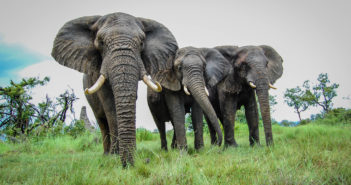
Botswana’s Elephants: Myths vs. Facts
The recent lifting of Botswana’s elephant hunting ban was made possible, in part, by myths about elephants and the impacts of hunting. Those lies are exposed here.

The recent lifting of Botswana’s elephant hunting ban was made possible, in part, by myths about elephants and the impacts of hunting. Those lies are exposed here.
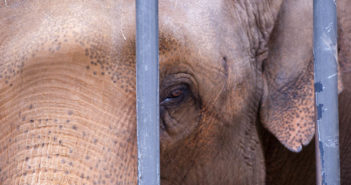
‘Lonely Lammie’ has become the poster animal of South Africa’s struggling captive animals since the death of her partner Kinkel last year. The zoo’s decision flies in the face of worldwide outcry and numerous specialist recommendations.

Will giraffes survive humanity? They are as iconic as lions, rhinos and elephants, and their long-term existence in the wild is under a similar threat. However, the world’s tallest animals get much less public attention and protection.
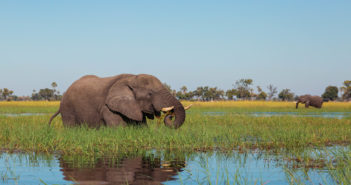
As tourism is a mainstay of Botswana’s economy, lifting the hunting ban could, the poll suggests, have severe economic consequences and damage Botswana’s international reputation.
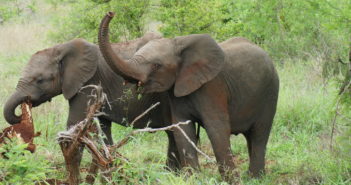
Balule Associated Nature Reserve has justified the killing of a young elephant bull in front of tourists as an “act of self-defense,” ignoring eye-witness accounts and backtracking on an original announcement condemning the act.
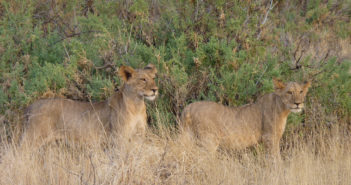
Before more exploitation of the natural world is proposed as a way to solve rural poverty in developing African countries, we need to interrogate the nature of corrupt and damaging financial relationships between those countries and the wealthy global North.
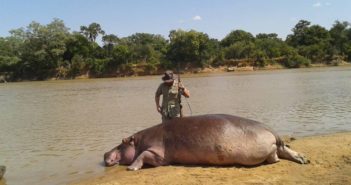
South African hunting outfitters are eagerly awaiting the end of the Zambian rainy season in April to start a killing spree of up to 1,250 hippos living in the world-renowned Luangwa Valley.

Every year, thousands of tourists visit South African private nature reserves to see wild animals. But how many travelers know that some of these self-declared champions of conservation also allow animals to be killed by trophy hunters for ‘sport’?
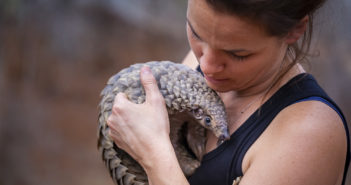
Slowly, the tiny ball in the wooden crate began to unwind. His scales moved and a pointy nose followed by two black button eyes emerged. Natalie was entranced. The baby pangolin unwrapped his tail, held out his front legs and gazed at her, asking to be picked up. It was love at first sight.
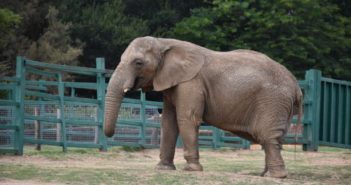
We need to talk about the future of zoos. There are about 1,500 formal and many more informal zoos in the world, holding between three and four million animals, displayed for our curiosity and amusement. It’s fair to ask: to what end?
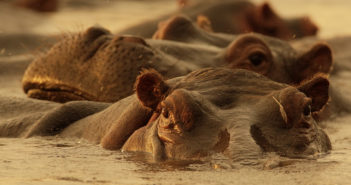
CITES is a convention ostensibly dedicated to wildlife protection that does nothing other than enable trade on a massive scale with minimal regulation and oversight, resulting in plummeting wildlife populations. They need to rehaul their system or step aside, so a conservation-focused rather than a trade-focused system can be put in place.
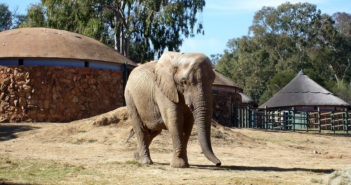
Lammie has been alone at the zoo since her partner, Kinkel, died. Despite calls from various organizations to let Lammie live out her days on a reserve with a herd of previously-captive elephants, the zoo won’t budge.